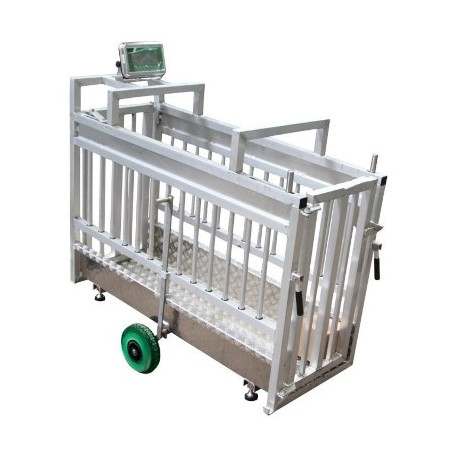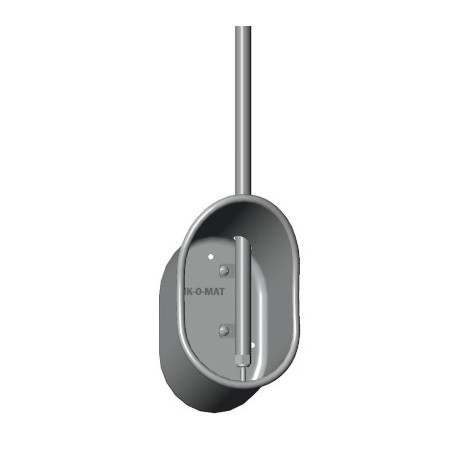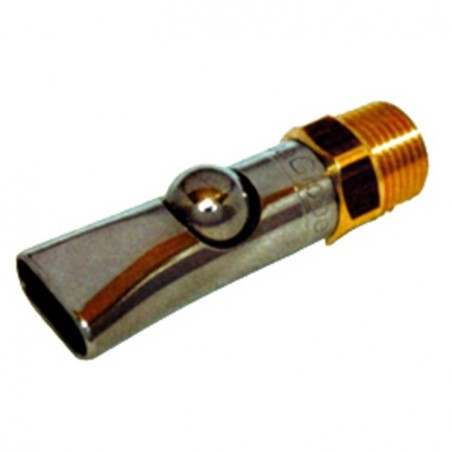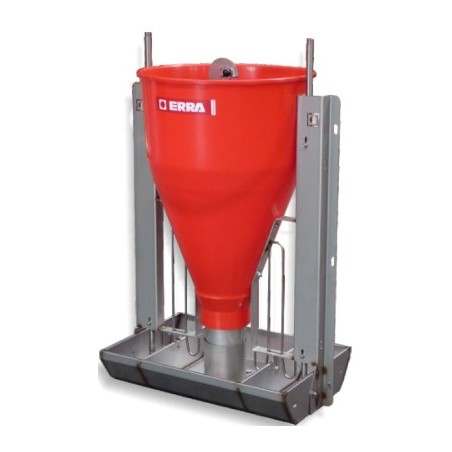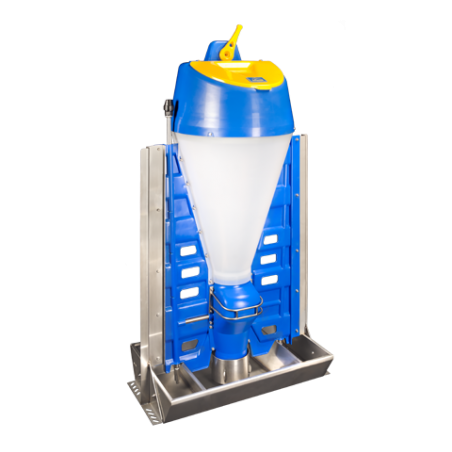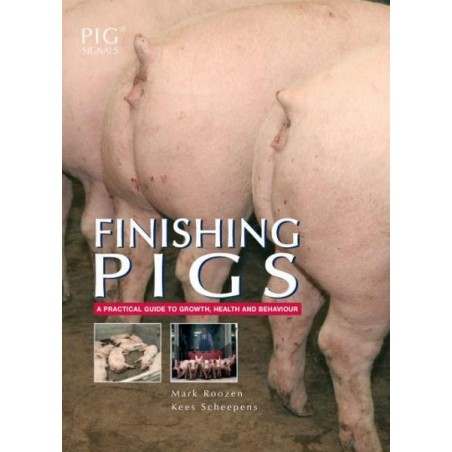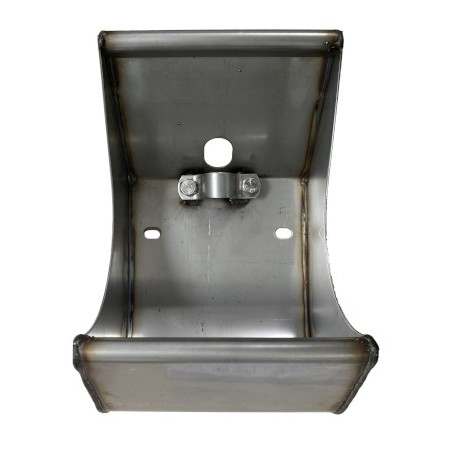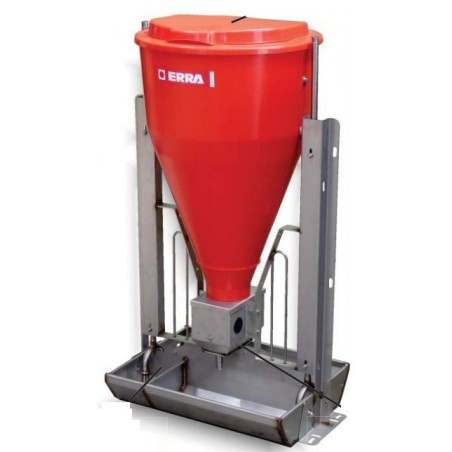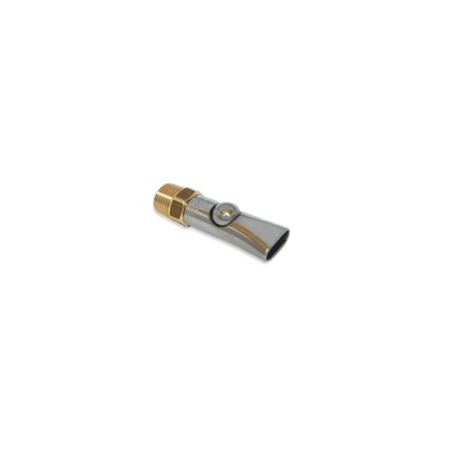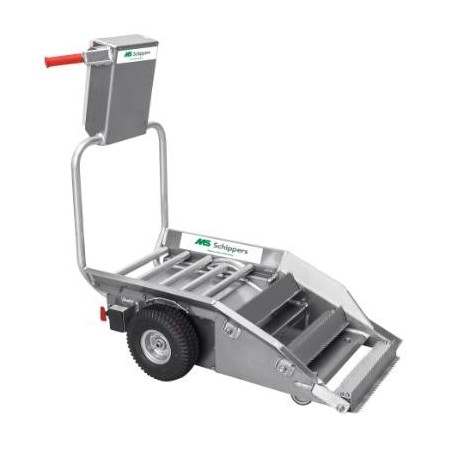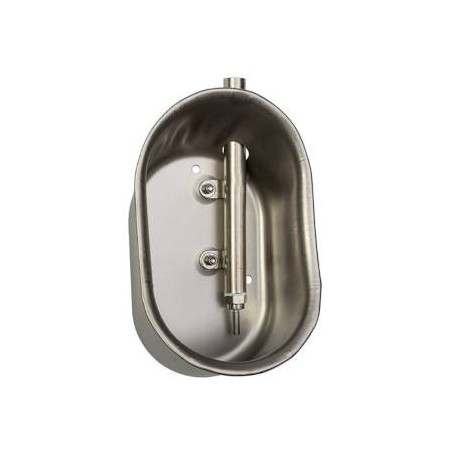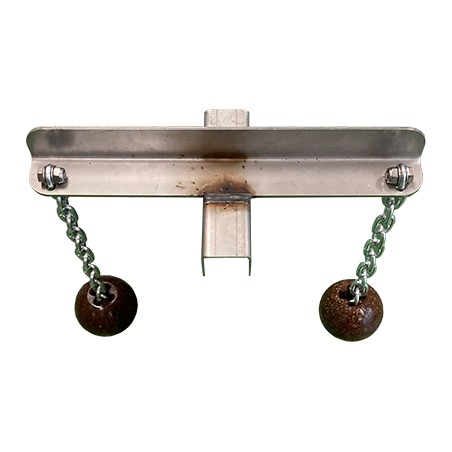Since heat stress reduces pig growth, cooling is required to optimize the barn environment to maintain the performance of modern lean-type swine. Hence, summertime barn environment and finisher pig performance were compared between tunnel ventilated barns with sprinklers (TUNNEL; n=3) and tunnel ventilated barns with evaporative cool cell pads (COOLCELL; n=2). Pig performance was also measured in naturally-ventilated barns with sprinklers and mixing fans (NATURAL; n=4). Evaporative cool cell pad performance was also quantified. Barns with identical dimensions and fully slatted flooring were located at the same commercial production site in eastern North Carolina and were monitored from 2014 to 2016. Barn temperature, relative humidity, temperature-humidity index, and thermal images to assess pig temperature were compared between the COOLCELL and TUNNEL treatments. Average daily gain, feed conversion ratio, pig survival, culls, and medication costs were compared across all three barn types and seasons (summer vs. non-summer) on 72 batches of pigs (46,459 total pigs).
Between 12 noon and 1 p.m., the evaporative cool cell pads reduced the temperature by 3.9°C and had a cooling efficiency of 52%. COOLCELL barn temperature and temperature-humidity index were significantly lower and relative humidity was significantly higher than TUNNEL. There were no significant differences in pig performance or pig temperature between TUNNEL and COOLCELL. Pig average daily gain was significantly higher in TUNNEL and COOLCELL vs. NATURAL. Summer feed conversion ratio and medication cost were significantly improved vs. non-summer.

Despite the lack of treatment effect on pig performance, tunnel ventilated barns with evaporative cool cell pads improved thermal comfort vs. tunnel ventilated barns with sprinklers.
Wiegert J, Knauer M, Shah SB. Evaporative Pad Cooling Impacts on Barn Environment and Finishing Pig Performance. Applied Engineering in Agriculture. 2022; 38(2): 351-359. doi: 10.13031/aea.14810




